
Embroidery is the art of decorating fabric or other materials using a needle to stitch thread or yarn. Embroidery may also incorporate other materials such as pearls, beads, quills, and sequins. In modern days, embroidery is usually seen on hats, clothing, blankets, and handbags. Embroidery is available in a wide variety of thread or yarn colour. It is often used to personalize gifts or clothing items.

Magna Carta Libertatum, commonly called Magna Carta or sometimes Magna Charta, is a royal charter of rights agreed to by King John of England at Runnymede, near Windsor, on 15 June 1215. First drafted by the Archbishop of Canterbury, Cardinal Stephen Langton, to make peace between the unpopular king and a group of rebel barons, it promised the protection of church rights, protection for the barons from illegal imprisonment, access to swift and impartial justice, and limitations on feudal payments to the Crown, to be implemented through a council of 25 barons. Neither side stood by their commitments, and the charter was annulled by Pope Innocent III, leading to the First Barons' War.

The Royal School of Needlework (RSN) is a hand embroidery school in the United Kingdom, founded in 1872 and based at Hampton Court Palace since 1987.

Runnymede is a water-meadow alongside the River Thames in the English county of Surrey, bordering Berkshire and just over 20 miles (32 km) west of central London. It is notable for its association with the sealing of Magna Carta, and as a consequence is, with its adjoining hillside, the site of memorials. Runnymede Borough is named after the area, Runnymede being at its northernmost point.
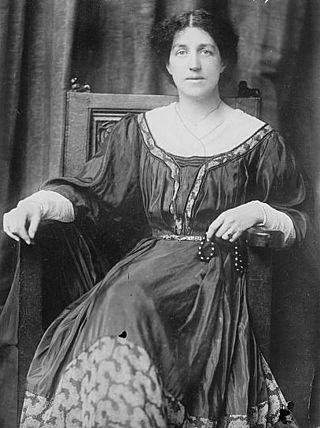
Mary "May" Morris was an English artisan, embroidery designer, jeweller, socialist, and editor. She was the younger daughter of the Pre-Raphaelite artist and designer William Morris and his wife and artists' model, Jane Morris.
Magna Carta is the first of a series of constitutional charters in English law.
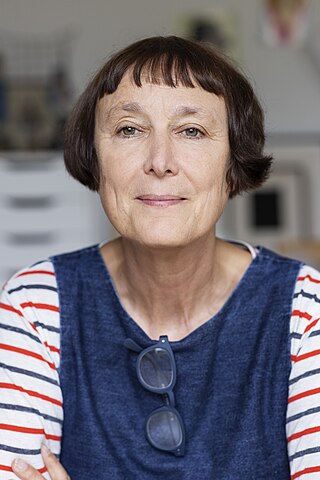
Cornelia Ann Parker is an English visual artist, best known for her sculpture and installation art.
The Embroiderers' Guild is the UK's leading educational charity promoting embroidery. The New South Wales branch was formed in 1955.

In embroidery, couching and laid work are techniques in which yarn or other materials are laid across the surface of the ground fabric and fastened in place with small stitches of the same or a different yarn.

Cross stitches in embroidery, needlepoint, and other forms of needlework include a number of related stitches in which the thread is sewn in an x or + shape. Cross stitch has been called "probably the most widely used stitch of all" and is part of the needlework traditions of the Balkans, Middle East, Afghanistan, Colonial America and Victorian England.

An embroidered patch, also known as a cloth badge, is a piece of embroidery which is created by using a fabric backing and thread. The art of making embroidered patches is an old tradition and was done by hand. During the first half of the twentieth century they were commonly embroidered using a shiffli embroidery machine. High-speed, computerized machines have led to mass production.
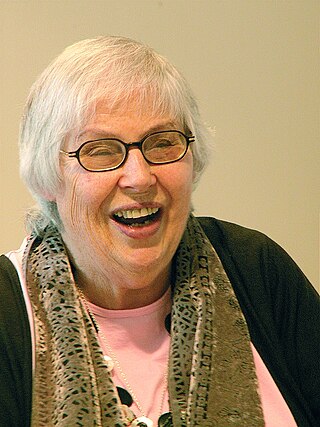
Valerie Anne Campbell-Harding was an experimental textile art designer and author of 24 books.

English embroidery includes embroidery worked in England or by English people abroad from Anglo-Saxon times to the present day. The oldest surviving English embroideries include items from the early 10th century preserved in Durham Cathedral and the 11th century Bayeux Tapestry, if it was worked in England. The professional workshops of Medieval England created rich embroidery in metal thread and silk for ecclesiastical and secular uses. This style was called Opus Anglicanum or "English work", and was famous throughout Europe.
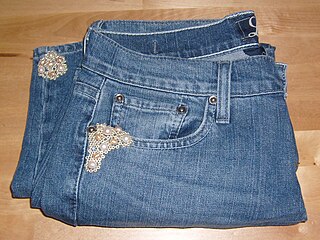
Bead embroidery is a type of beadwork that uses a needle and thread to stitch beads to a surface of fabric, suede, or leather.

This large, mid-19th century Moroccan wall hanging, or haiti, is a highlight of the textile collection of the Indianapolis Museum of Art, which is in Indianapolis, Indiana. Made in the cultural center of Fez, it is crafted of the finest materials: silk velvet embroidered with gold metallic thread.

Parliament in the Making was a programme of events organised by the Parliament of the United Kingdom to commemorate a series of anniversaries in 2015 including:

Embroidered binding, also referred to as needlework or textile binding, describes a book bound in cloth and decorated with a design on one or both covers and sometimes the spine. The binding is created for the individual book.
The 62 Group of Textile Artists is an international group of professional textile artists founded in the United Kingdom in 1962. The group is a Constituted Artists Co-operative, focussed on exhibiting the work of its members in the UK and overseas. Membership of the group is achieved through a selection process. The 62 Group requires members to submit work to a selection panel of their peers for every exhibition "If members fail to submit, or are rejected for three successive exhibitions, then membership is forfeited...a policy which ensures that the group consistently produces exciting work." The increased profile of textile art and its evolution in the latter part of the 20th century "has to a great extent been dictated by members of the 62 Group."
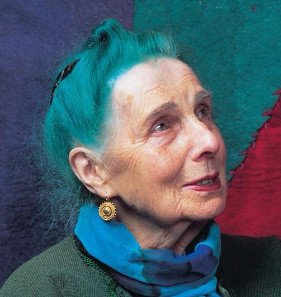
Constance Mildred Howard, later Constance Parker, was an English textile artist and embroiderer who had a profound impact on the development and teaching of those subjects in Britain. The Constance Howard Gallery, part of Goldsmiths, University of London, is named in her honour.
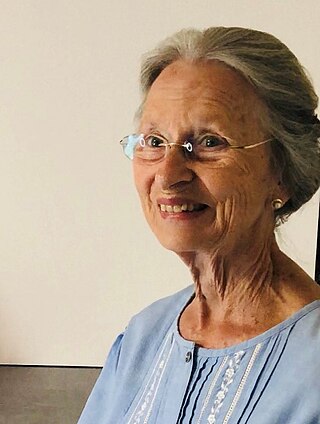
Diana Springall is, according to the Victoria and Albert Museum, "amongst the most well-known of all British textile artists", who has been committed to raising the profile of the contemporary art of embroidery through the Diana Springall Collection. Her work is found in many private and public collections worldwide. As well as creating art and teaching, Springall has held various appointments including chair of both the Embroiderers' Guild and the Society of Designer Craftsmen. Throughout her career, Springall has campaigned for the promotion of embroidery as a true art form. She has assembled the Diana Springall Collection, an extensive collection of contemporary pieces from various artists showcasing embroidery as fine art.





















